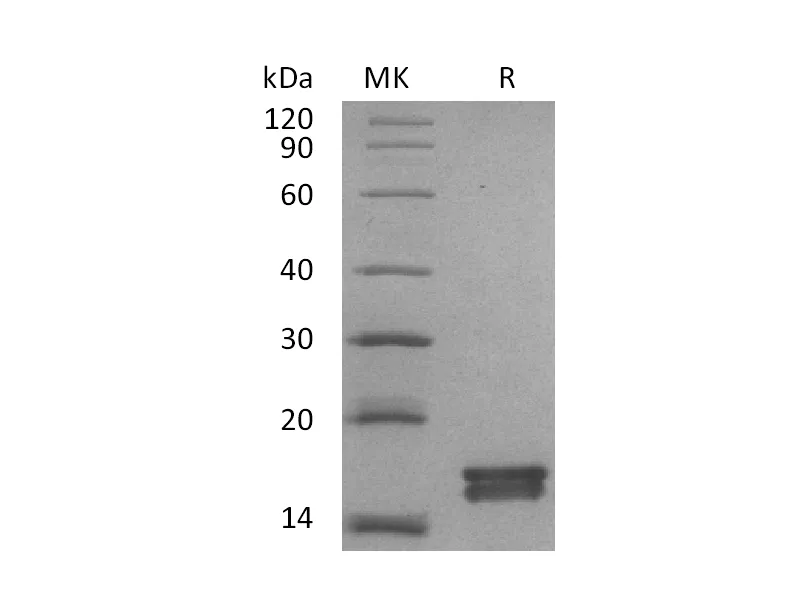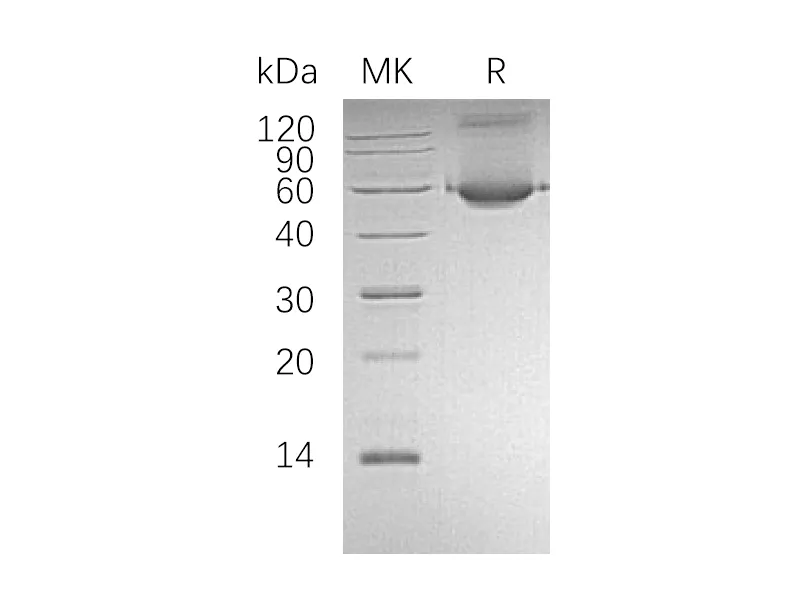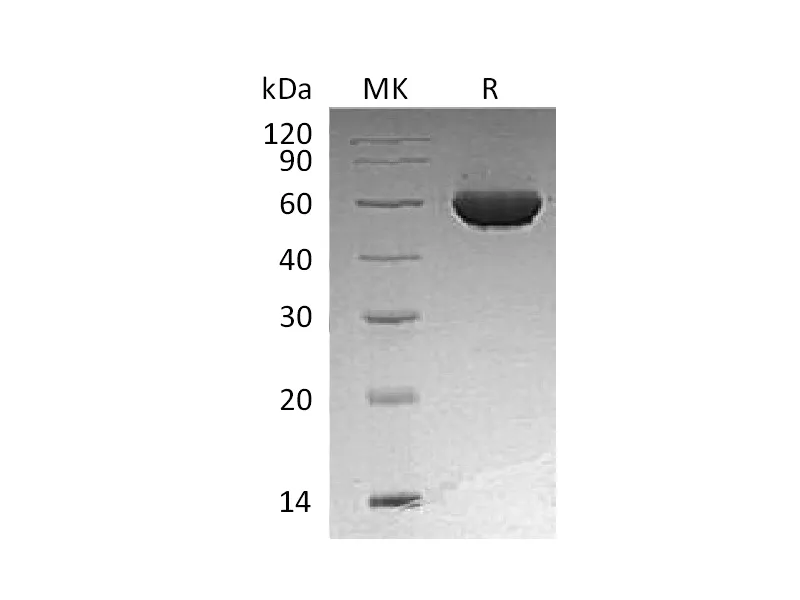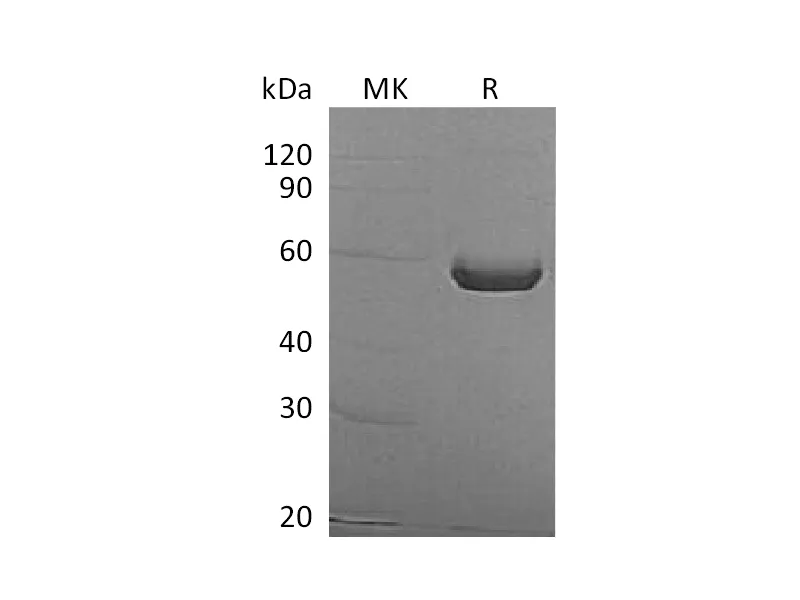Alternative Names
Trem-like transcript 2 protein; TLT-2; Triggering receptor expressed on myeloid cells-like protein 2; TREML2; TLT2
Background
Trem-like transcript 2 protein (TLT2), also known as Triggering receptor expressed on myeloid cells-like protein 2, TLT2 and C6orf76, is single-pass type I membrane protein. TREML2 contains one Ig-like V-type domain, which can be induced in CD4 T-cell by concanavalin-A. As a cell surface receptor, TREML2 may play a role in the innate and adaptive immune response. TREML2 also acts as a counter-receptor for CD276 and interaction with CD276 on T-cells enhances T-cell activation. It has shown that TREML2 may be involved in the innate immune response based on its expression profile and the fact that it is up-regulated in response to inflammation.
Note
For Research Use Only , Not for Diagnostic Use.




